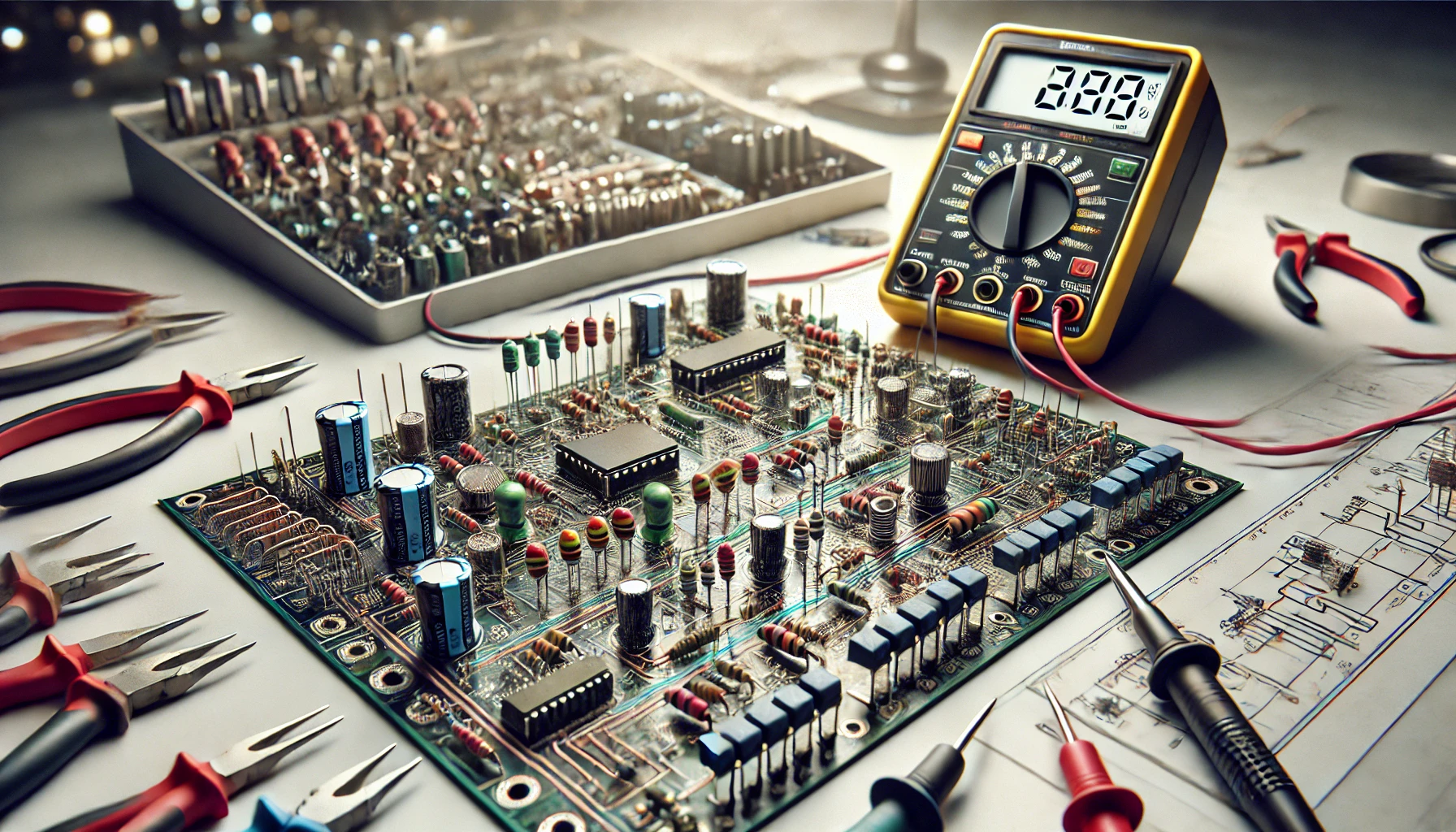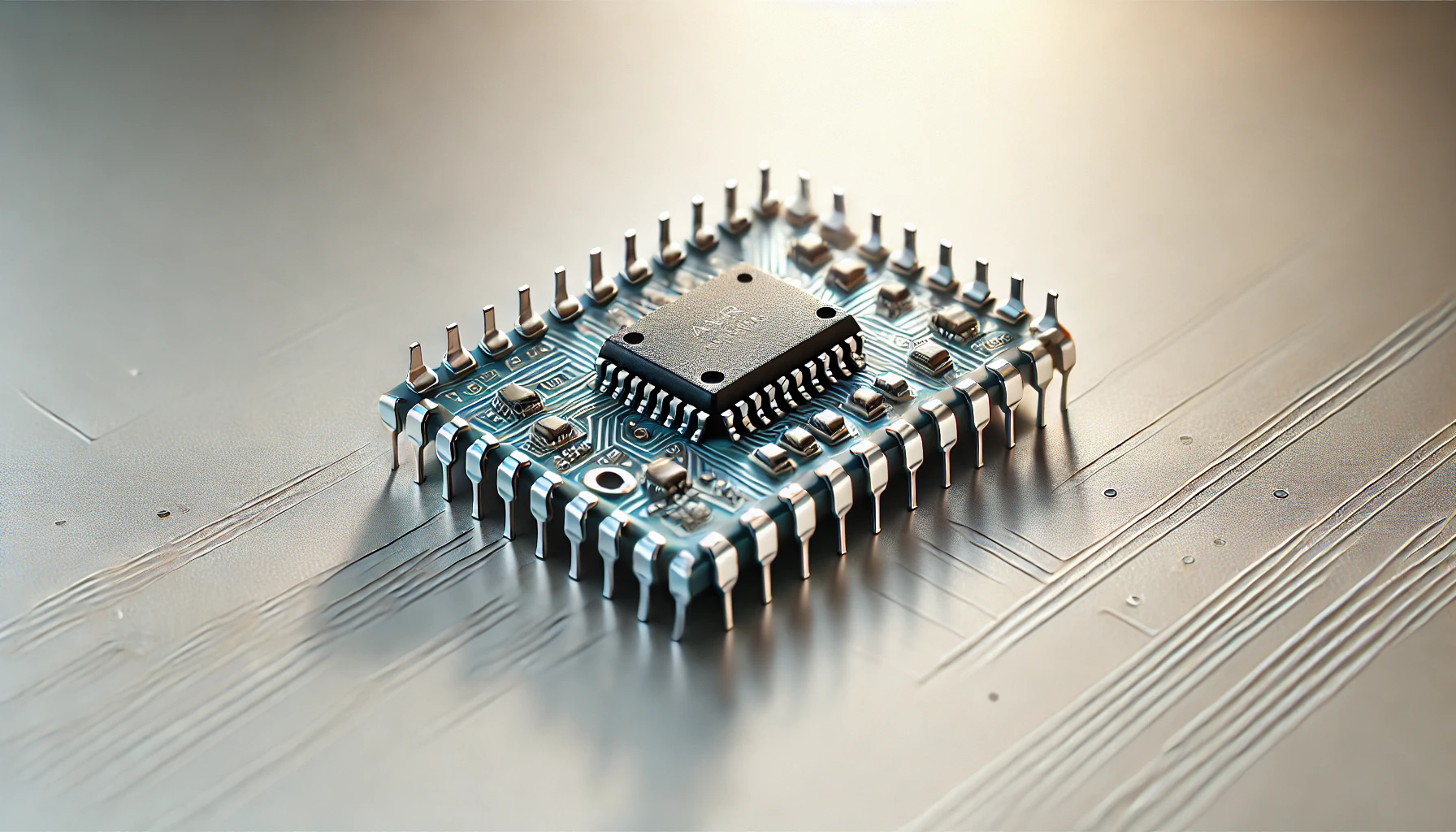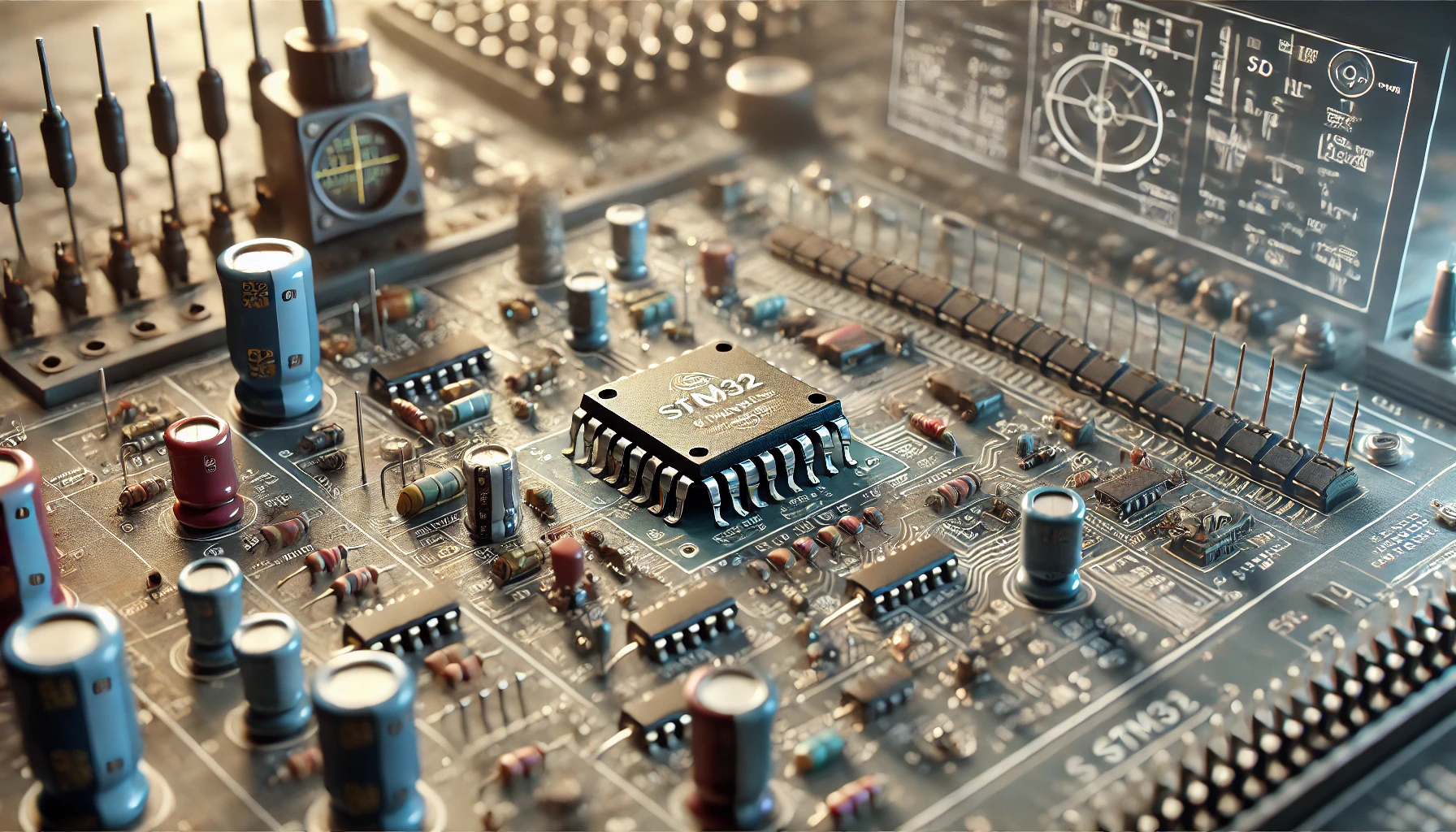
How to Install and Set Up the Arduino IDE A Beginner’s Guide for Windows, macOS, and Linux , If you’re diving into the world of electronics and programming, the Arduino platform is an excellent place to start. Arduino offers a user-friendly way to create projects that bridge the gap between the digital and physical worlds. But before you can start tinkering, you need to install and set up the Arduino Integrated Development Environment (IDE) and connect your Arduino board to your computer.
This guide will walk you through every step of installing the Arduino IDE on Windows, macOS, and Linux and will help you connect your Arduino board for the first time. Whether you’re a beginner or an experienced programmer, this guide will ensure you’re up and running smoothly.
What Is the Arduino IDE and Why Do You Need It?
The Arduino IDE is a software application that allows you to write, compile, and upload code (referred to as sketches) to an Arduino board. It’s an essential tool for anyone using Arduino hardware, as it provides:
- A simple text editor for writing code.
- A compiler to translate your code into instructions your Arduino board can understand.
- Libraries and tools that simplify working with sensors, motors, and other components.
Step 1: Downloading the Arduino IDE
For Windows
- Visit the Arduino Website: Go to the official Arduino website and navigate to the Software section.
- Choose Your Version: Under the “Download the Arduino IDE” section, select the version compatible with Windows (Installer or ZIP file). The installer is recommended for beginners.
- Download the Installer: Click the download link and, if prompted, contribute by donating or click “Just Download” to proceed without a donation.
For macOS
- Access the Download Page: Visit the Arduino website and head to the Software section.
- Select the macOS Version: Download the .DMG file suitable for macOS. Ensure your macOS version supports the IDE version you’re downloading.
- Save the File: Once downloaded, the file will appear in your Downloads folder.
For Linux
- Choose Your Distribution: From the Arduino website’s software section, pick the appropriate Linux package (32-bit, 64-bit, or ARM, depending on your system architecture).
- Download the Archive: Save the .tar.xz file to your preferred directory.
Step 2: Installing the Arduino IDE
On Windows
- Run the Installer: Double-click the downloaded file to start the installation wizard.
- Follow the Prompts: Accept the license agreement, and allow the installer to install the required drivers.
- Finish Installation: Once complete, the Arduino IDE will be installed, and a shortcut will appear on your desktop.
On macOS
- Open the DMG File: Double-click the downloaded .DMG file.
- Drag to Applications: Drag the Arduino IDE icon into the Applications folder.
- Grant Permissions: If prompted, confirm permissions in your macOS security settings to allow the IDE to run.
On Linux
1.Extract the Archive: Navigate to the directory where you downloaded the .tar.xz file and extract it using the terminal or a file manager.
tar -xf arduino-*.tar.xz2.Run the Installer Script: Inside the extracted folder, execute the install.sh script:
sudo ./install.sh3.Complete Installation: Once the script finishes, the Arduino IDE will be installed, and you can launch it from your applications menu.
Step 3: Connecting Your Arduino Board
- Plug in Your Arduino: Use a USB cable to connect your Arduino board to your computer. Most boards come with a Type-A to Type-B cable or a Micro-USB/USB-C cable, depending on the model.
- Verify the Connection:
- Open the Arduino IDE.
- Go to Tools > Port and select the port corresponding to your Arduino board. On Windows, this might look like
COM3or higher; on macOS/Linux, it will appear as/dev/cu.usbmodem*.
- Select Your Board Model:
- Under Tools > Board, choose your specific Arduino model (e.g., Arduino Uno, Nano, Mega).
Step 4: Testing the Setup with a Basic Program
To ensure everything is working, you can upload a simple program to your Arduino board:
- Open a New Sketch: In the Arduino IDE, go to File > Examples > 01.Basics > Blink. This example makes the built-in LED on your Arduino blink on and off.
- Upload the Code:
- Click the Upload button (right arrow icon).
- Wait for the message “Done uploading” in the console at the bottom of the IDE.
- Observe the Result: The LED on your Arduino should start blinking, confirming that the setup was successful.
Troubleshooting Common Issues
1.Port Not Detected:
- Ensure your USB cable is functional.
- Restart your computer and reconnect the Arduino.
- On Linux, add your user to the
dialoutgroup:
sudo usermod -a -G dialout $USER- Then, log out and back in.
2.Drivers Missing on Windows:
- Reinstall the Arduino IDE and ensure drivers are installed during setup.
- Manually install drivers from the
driversfolder in the Arduino IDE installation directory.
3.Permission Denied on macOS:
- Check security settings under System Preferences > Security & Privacy and allow the Arduino IDE to run.
Step 5: Expanding Your Arduino Skills
Once your setup is complete, the possibilities are endless! Start exploring Arduino libraries for sensors, motors, and displays. Join Arduino forums or communities to get inspired by other people’s projects.
Conclusion
Setting up the Arduino IDE is the first step toward building your own electronics projects. By following the steps outlined in this guide, you’ve ensured a seamless installation and setup process across Windows, macOS, and Linux. Whether you’re building a weather station, a smart home device, or a robotic arm, the Arduino platform empowers you to bring your ideas to life. Happy coding!
How to Install and Set Up the Arduino IDE A Beginner’s Guide for Windows, macOS, and Linux





Comments (0)